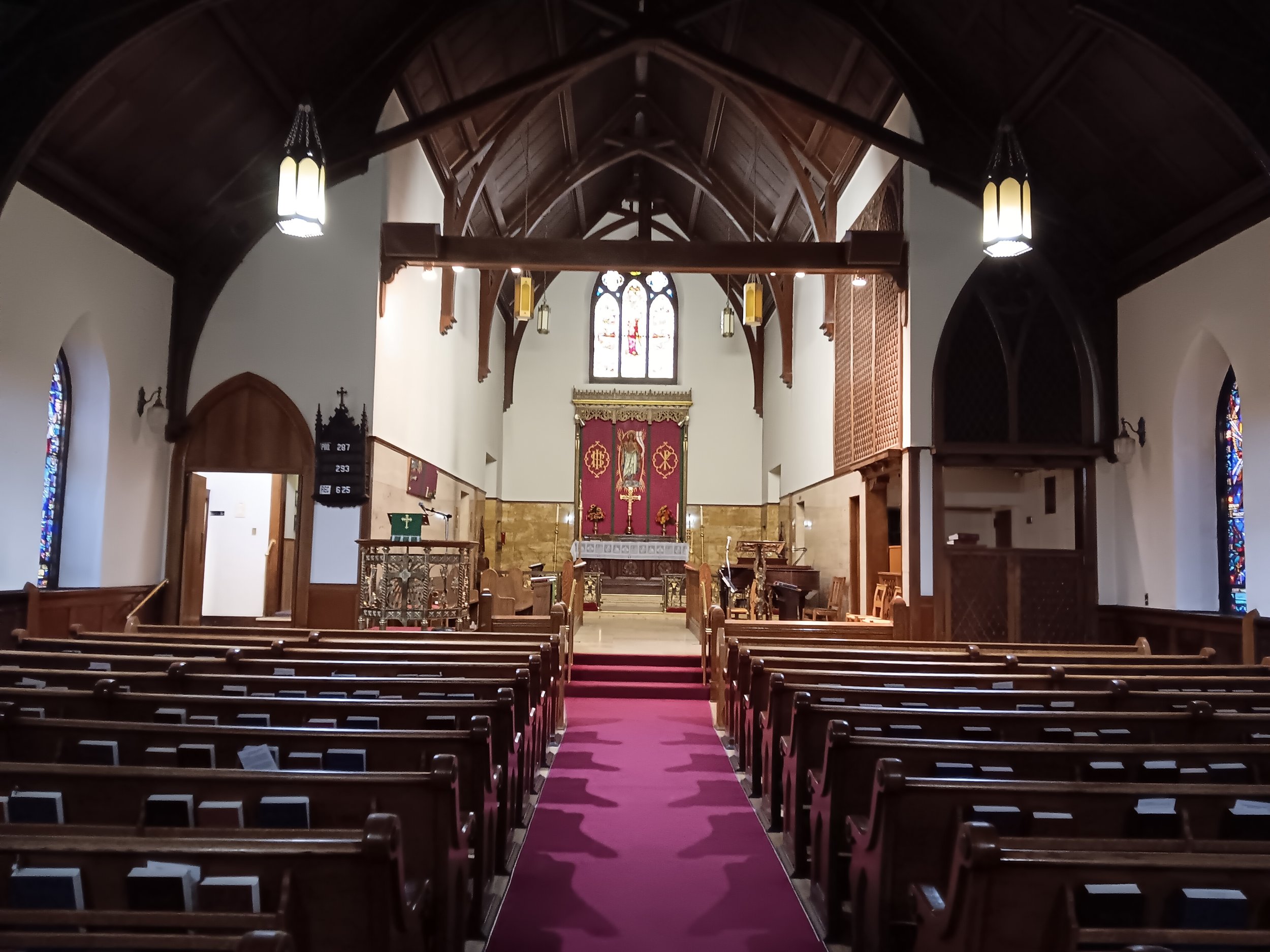The History of St. John’s Episcopal Church in Butte, Montana
St. John's Episcopal Church, established in 1881, is the oldest standing church in Butte, Montana. Constructed from local granite, it predates St. Patrick's Roman Catholic Church by a year. The church has historical ties to Copper King W.A. Clark, whose mansion is located just a block north. Wikipedia
Over the years, the church underwent several remodels, incorporating the original structure into a larger building. In 1919, a fire damaged the chancel, leading to a restoration completed in 1921 that remained faithful to the original design. The church features crenelated towers and a magnificent stained-glass window, exemplifying the Norman style adapted to the Episcopal Church in the United States. Historic Montana
The stained-glass window behind the altar, created by Pompeo Bertini, the stained-glass artist for the Cathedral of Milan, Italy, is dedicated to Clark's daughter, Jessie, who died at the age of nearly three in 1878. The restoration of this window was funded by Clark's son, William A. Jr., and Jessie's twin sister, Catherine. Wikipedia
Today, St. John's Episcopal Church continues to serve its congregation and the Butte community, maintaining its historical significance and architectural beauty.
Stained Glass
“A small stone church built in 1881 was one of Butte’s first churches. It underwent several renovations after 1900, and following a fire in 1919, it was restored in 1921, maintaining its original design. Today, St. John’s features impressive crenelated towers and stained-glass windows that showcase the Norman style adapted for the Episcopal Church.
Most windows were made by J&R Lamb Studios, a historic New York firm. Notable windows include a large east-end window depicting St. John from the Book of Revelation, and a window honoring a mining engineer. Another window commemorates a naval aviator who died in WWII. The Clarks gifted two windows: one representing the Savior as a lamb, created in memory of their daughter Jessie, and another showing Christ by the Sea of Galilee, likely the only non-Lamb window in the church.”
A photo of the church’s construction in 1881.




